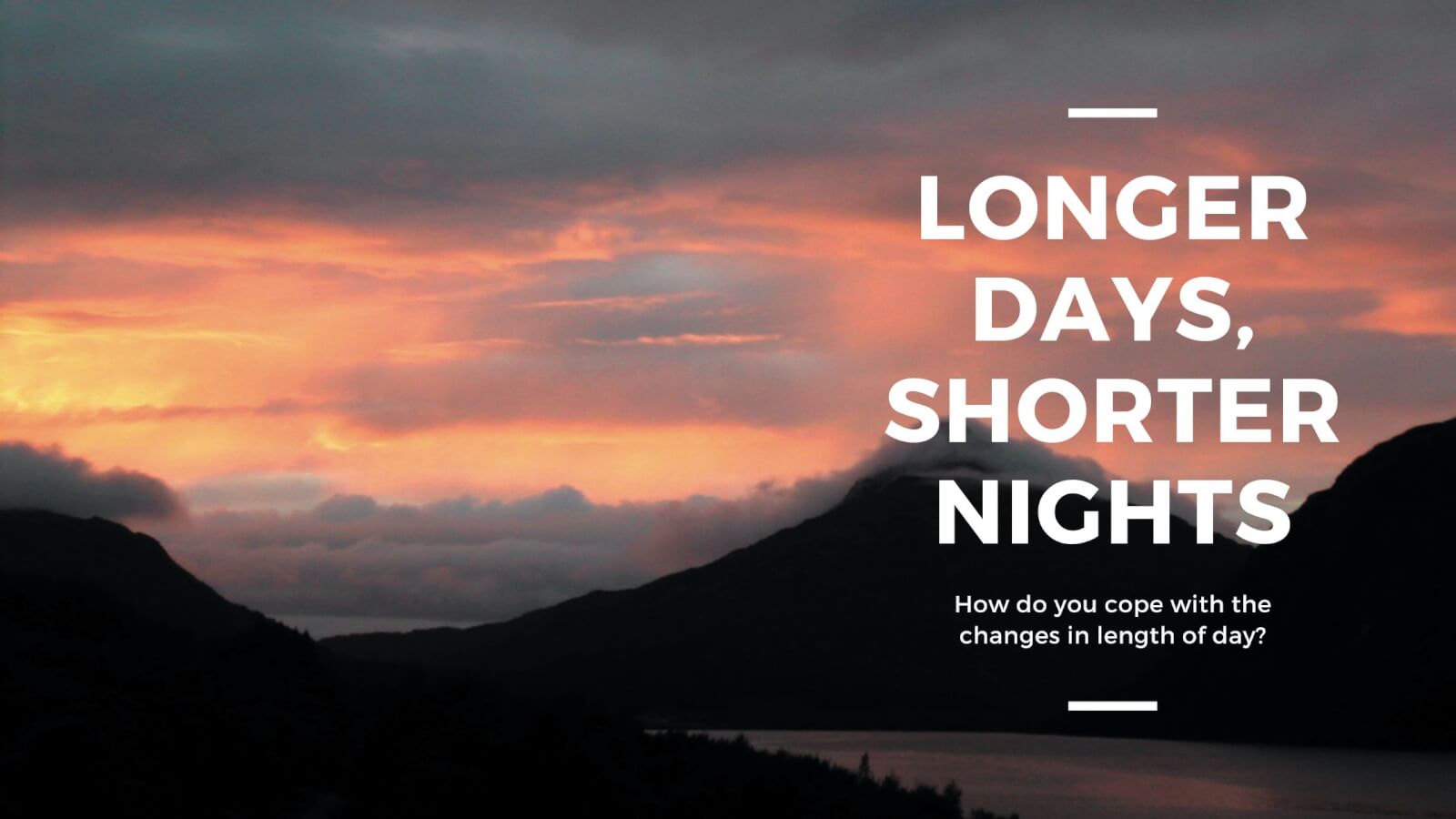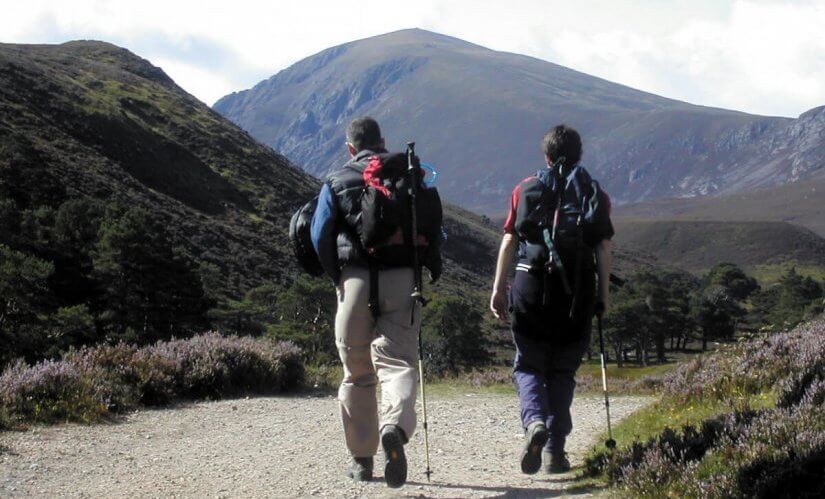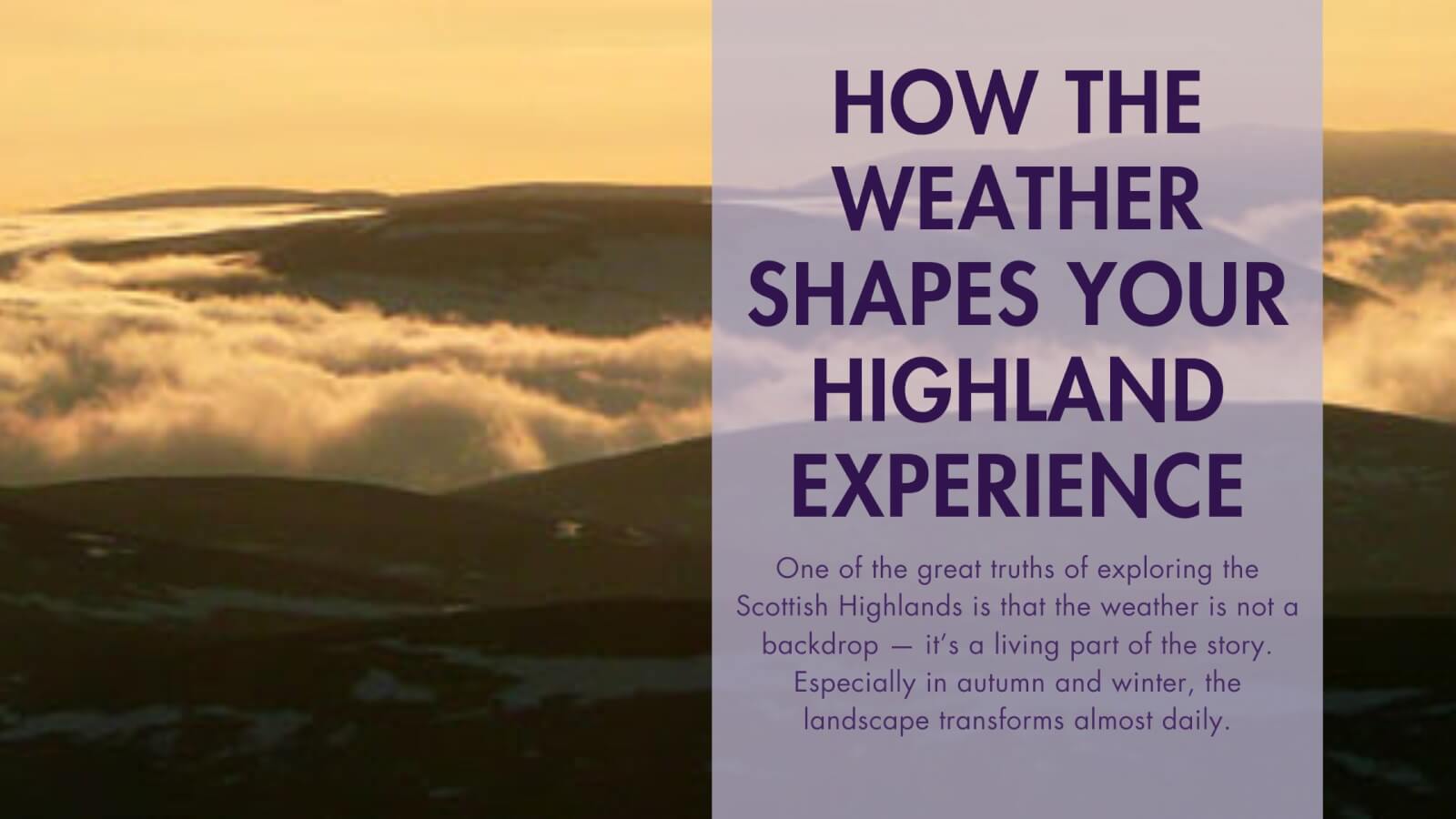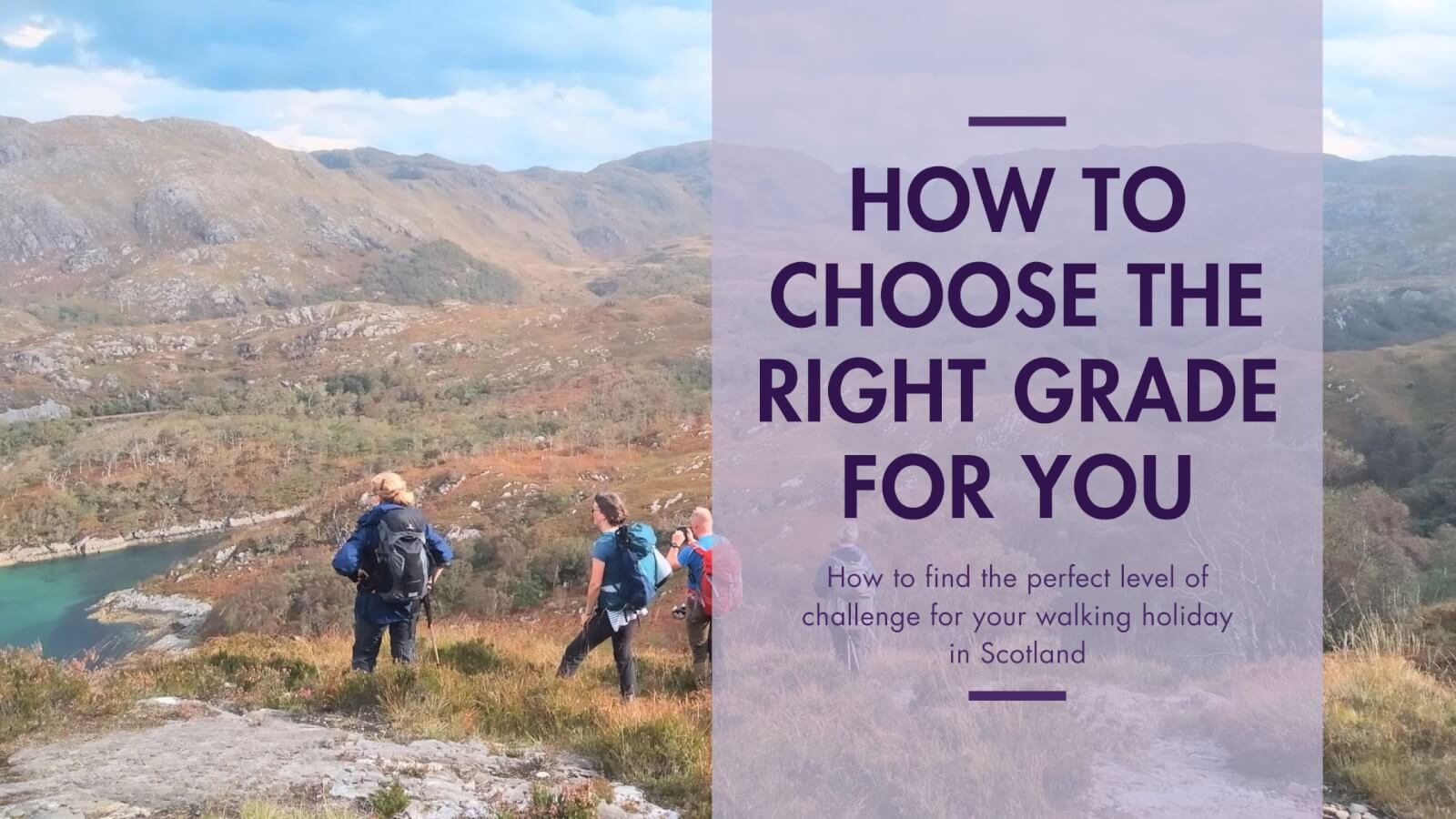Daylight hours Scotland
In Scotland we are far enough north that our hours of daylight vary considerably with the seasons. Our guests often comment about the length of the day in summer and speculate about how we cope with the short winter days.
What is the shortest day in Scotland?
21st December – the winter solstice is technically the shortest day of the year. Practically speaking though, any day around that time of year will feel like the shortest day if it is pretty driech whereas if 21st December is a bright, sunny day it might not seem all that short in comparison.
December, being the month of the winter solstice, witnesses the shortest day of the year. Around December 21st, the winter solstice, Scotland experiences its minimal daylight hours. In Edinburgh, the capital city located at 55.95 degrees north, daylight lasts approximately 6 hours and 57 minutes on the shortest day. The sun typically rises around 8:42 AM and sets at 3:39 PM.
Traveling further north to Inverness, which sits at 57.48 degrees north, daylight decreases slightly more. Here, the sun rises around 8:55 AM and sets by 3:33 PM, giving just over 6 and a half hours of daylight. It feels like a lot less than this if it’s not a sunny day! There are days in winter when you feel like you need the lights on all day.
When does it get dark on the longest day?
The further north you are, the longer it takes for true darkness to arrive after sundown. In the northern isles of Scotland, such as the Shetland and Orkney Islands, the daylight during the summer solstice stretches even longer. Lerwick, the largest town in the Shetland Islands at 60.15 degrees north, experiences sunrise around 3:38 AM and sunset at 10:34 PM, offering about 19 hours of daylight. The twilight here is so prolonged that the sky never fully darkens, creating a phenomenon known as “simmer dim” – a perpetual twilight that bathes the landscape in a soft, ethereal glow.
How long is the longest day?
21st June is the summer solstice when technically we have the shortest night of the year and therefore the longest day. In Inverness, situated at 57.48 degrees north, the sun rises around 4:14 AM and sets at 10:19 PM, providing nearly 18 hours and 5 minutes of daylight. This extended daylight is a hallmark of Scotland’s northern regions, where the sun barely dips below the horizon.
The extended daylight hours of the summer solstice are celebrated across Scotland. Festivals, outdoor events, and various activities are scheduled to take full advantage of the long days. From exploring ancient castles and hiking the Highlands to enjoying coastal walks and partaking in traditional Scottish festivals, the opportunities are endless.
Residents and visitors alike adjust their routines to make the most of the daylight. Late evening walks, barbecues, and social gatherings become common as people revel in the extended light. This period is also ideal for photography, as the prolonged golden hours provide exceptional lighting for capturing Scotland’s stunning landscapes.
Unique Experiences in Northern Scotland
In the far north, near the Arctic Circle, the experience of the summer solstice can be particularly unique. The Orkney Islands, for instance, not only enjoy extended daylight but also host cultural events that celebrate the solstice. The St Magnus International Festival in Orkney is a renowned arts festival held around the time of the solstice, featuring music, theater, and dance, all set against the backdrop of nearly continuous daylight.
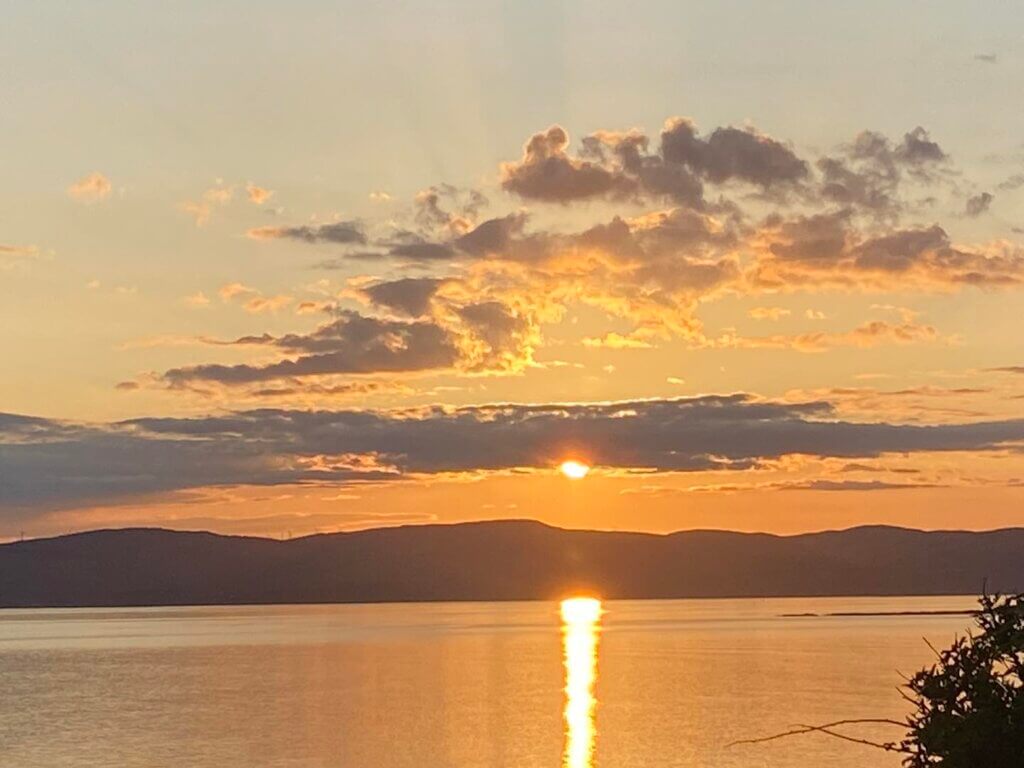
How many hours of daylight does Scotland have in the winter?
Short days, dark nights – what are the advantages?
The aurora are only visible in dark skies so the best time of year to see the Northern Lights in Scotland is the autumn and winter months.
The brief daylight hours in Scotland during winter can impact daily routines and activities. Residents often make the most of the available light, adjusting work and leisure schedules to fit the limited daylight. Many embrace the long evenings by indulging in indoor activities, such as enjoying the warmth of a fire, reading, or engaging in traditional Scottish pastimes. It’s the ideal time to get your knitting needles or crochet hooks out and get creative with yarn.
Visitors to Scotland during the winter months should plan their activities accordingly. Sightseeing is best done during the middle of the day, and early sunsets provide an excellent opportunity to experience Scotland’s vibrant nightlife, cozy pubs, and cultural events.
Embracing the Winter Light
Despite the limited daylight, Scotland’s winter landscape holds a special charm. The low angle of the sun creates a unique, soft light that enhances the natural beauty of the scenery. Frosty mornings, snow-dusted hills, and the chance of witnessing the Northern Lights make winter a magical time to experience Scotland.

Resources
Metcheck – chart of sunrise time, sunset time and hours of daylight per day.
Scotland.info – scotland weather and climate
Pros and Cons of each season in Scotland


